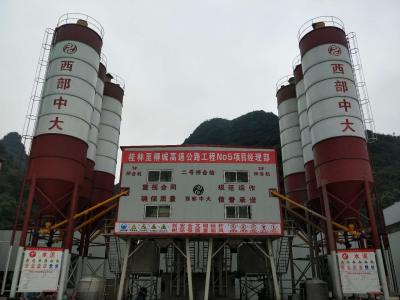Type of Hopper Lift
Hopper elevators can be divided into three types according to different structures.
① Tipping elevator: When the hopper rises to its destination, the front pair of wheels enter the lower track, and the rear pair of wheels continue to rise along the upper track, so that the hopper tilts over and discharges materials (Figure 1). This hopper elevator is simple in structure and reliable in use, but it can only be discharged at one place, and the discharged materials are often biased to one side, which is usually used for boiler room to lift cinders into storage.
② Single bottom hopper elevator: when the hopper rises along the track to the slightly inclined section of the turn, the pull rod advances, which affects the balance weight to rise (Figure 2). A number of electrically controlled limit switches and electromagnetic bumpers are arranged on the track. When the hopper meets the predetermined electric control limit switch and electromagnetic ram, the traction winch stops rotating, the hopper bottom plate is unhooked, and the materials are discharged. Then, the traction winch starts in the opposite direction, and the hopper is pulled back by the lowering of balance weight at the slightly inclined section, the bottom plate is hooked and closed again, and the hopper drops by its own weight at the vertical track. This kind of hopper elevator can receive materials in one place, discharge materials in many places, and can feed coal into the warehouse for many boilers.
③ Double bottom hopper elevator: also known as climbing feeder (Figure 3). The bucket is hinged on the inner frame, and the bottom opening mechanism is hinged on the outer frame. The winch pulls the hopper up along the track, and the hopper is always vertical because it is hinged with the inner frame. When the hopper enters the furnace, the rear wheel of the outer frame enters the upturned groove, and the outer frame is upturned by the weight of materials, and the bottom plate is opened for unloading. At this time, the inner frame is still clamped by the rail because there is no upturned groove. After unloading, the counterweight at the tail of the outer frame presses down to close the bottom plate, and the rear wheel enters the lifting track again. This kind of hopper elevator can extend into the hearth, the bottom door opens to both sides, and the discharge is uniform. It is often used to feed cupola and blast furnace.



